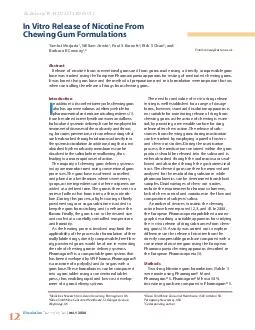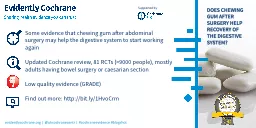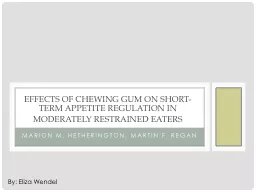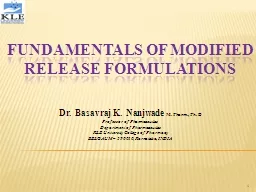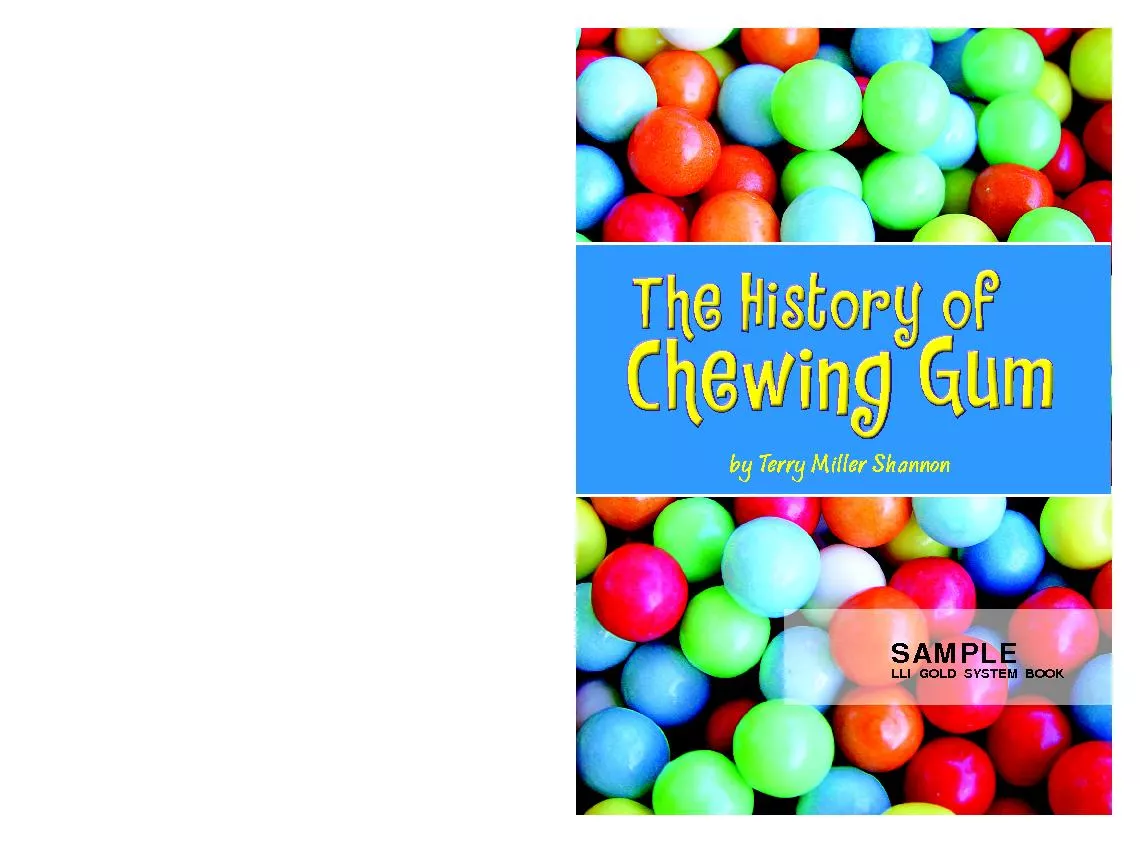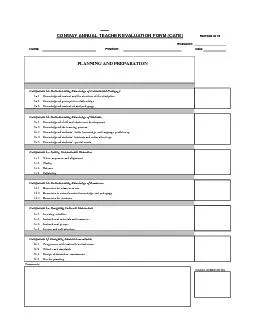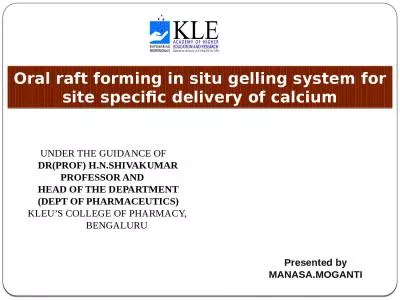PDF-Dissolution Technologies MAY In Vitro Release of Nicotine From Chewing Gum Formulations
Author : tatiana-dople | Published Date : 2015-03-04
acuk Introduction n addition to its confectionery rolechewing gum also has a proven value as a delivery vehicle for pharmaceutical and nutraceutical ingredients
Presentation Embed Code
Download Presentation
Download Presentation The PPT/PDF document "Dissolution Technologies MAY In Vitro ..." is the property of its rightful owner. Permission is granted to download and print the materials on this website for personal, non-commercial use only, and to display it on your personal computer provided you do not modify the materials and that you retain all copyright notices contained in the materials. By downloading content from our website, you accept the terms of this agreement.
Dissolution Technologies MAY In Vitro Release of Nicotine From Chewing Gum Formulations: Transcript
Download Rules Of Document
"Dissolution Technologies MAY In Vitro Release of Nicotine From Chewing Gum Formulations"The content belongs to its owner. You may download and print it for personal use, without modification, and keep all copyright notices. By downloading, you agree to these terms.
Related Documents

